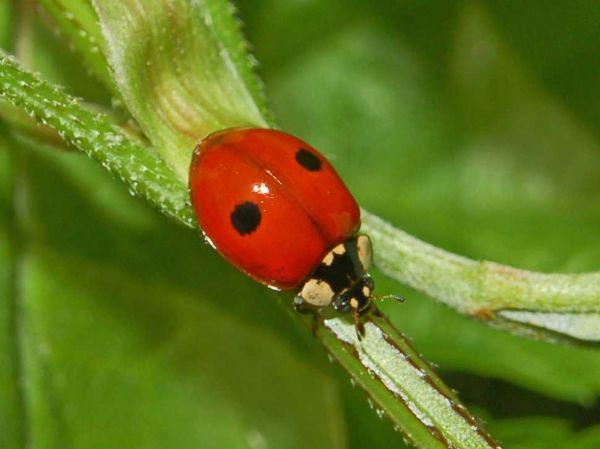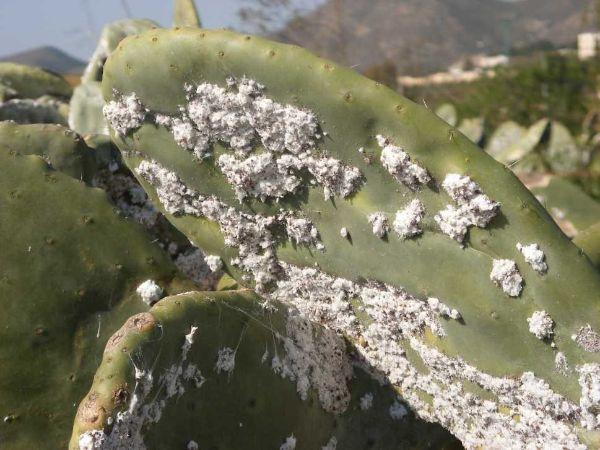Fight pest with ladybirds
Post from EditorialsTo eliminate a natural parasites that infest the plants in your garden, there is a completely natural method, which consists in the use of ladybugs.
Eliminate pests without pesticides, using ladybugs
If you have the passion for the garden and the vegetable garden but you do not want to use pesticides and other chemicals to keep away pests that often infest the plants, there is a completely natural and ecological way: ladybugs.
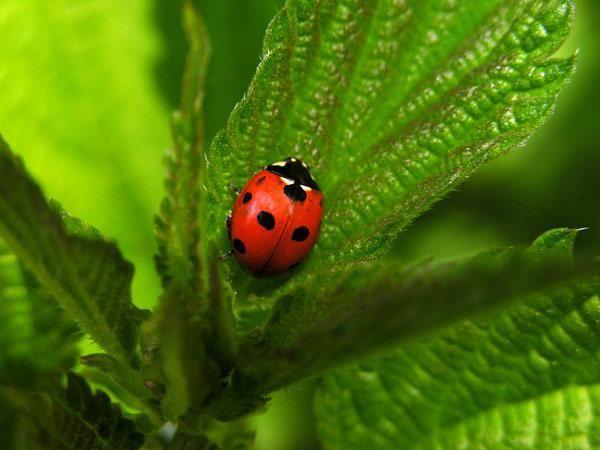
Well, these beautiful insects, distinguished by their scarlet red color (which features the name) are a real natural ecological weapon.
They feed on aphids in fact, those parasites that often infest the plants, feeding on their liquid and causing the appearance of sooty mold.
Normally they are fought with pesticides, but you can choose to avoid environmentally harmful substances anyway, thanks to this insect.
How to raise the ladybugs
To raise ladybugs, so that you have a sufficient amount to use for your needs, you must first obtain larvae.
These can be purchased at retailers of organic products, or on the Intenet. The number of larvae needed varies according to the type of plant to be treated.
To raise them you must choose the period between March and September.
The procedure for bringing up the ladybugs
First larvae are deposited in a terrarium rather rich, so that they can feed themselves. Before turning into ladybugs there is a development phase that lasts about 30 days.
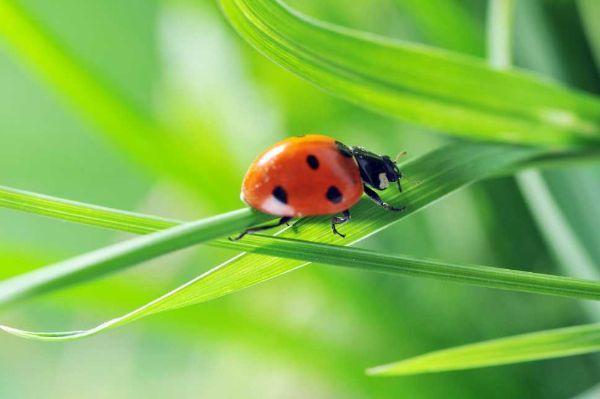
When they become adults, they will feed on pest and aphids.
These small insects can eat up to 90 every day. In early summer they reproduce themselvels.
Different types of ladybugs
Ladybirds are carnivorous insects, which have the characteristic of being formidable predators, during the adult stage and especially the juvenile stage.
That is why they are so useful to eliminate aphids, cochineals, mites and fungi, great enemies of crops.
Their great utility is to perform a function to control many pests harmful to plants.
They are naturally more numerous if you do not use many pesticides.
Depending on the type of prey they eat, ladybugs are divided into four main groups: the ladybugs predators of aphids, ladybugs predators of cochineals, ladybugs predatory mites, ladybugs that feed on fungi.
The Antalya bipunctata
The bipunctata Antalya is the kind of ladybug that is mostly bred for pest control, as is particularly effective against aphids of several species and in many types of crops.
Aphids are among the most dangerous enemies, because they attack almost all plants, they suck the sap and then a sugary, sticky substance, on which there is a black fungus known as sooty mold.
This causes damage to the plants, not only aesthetic: it often kill them.
Biological control aphids using ladybirds Adalia is to help encourage beneficial insects and their settlement in the garden. The control of aphids is therefore natural.
The kit to raise ladybugs
It has recently been invented a kind of kit for the breeding of ladybirds, called Coccìlook. It contains a small insect house, equipped with a magnifying glass from which to observe the evolution of the small livestock.
Then there is a book that contains the information needed to manage their livestock, as well as a postcard to request the ladybugs home. The Coccìlook can be bought on site CoccìCoccinella .
To attract naturally in your garden ladybugs you can use the kit of plants
The Garden of ladybugs & CO.'s by Eugea Store.
The pack contains 4 bags of seeds (phacelia, coreopsis, sweet pea and calendula); 4 chopsticks to customize and label the plant; 1 table Coccingioco (educational games like snakes and ladders, to learn many interesting scientific and fun on beneficial insects); 1 dice game.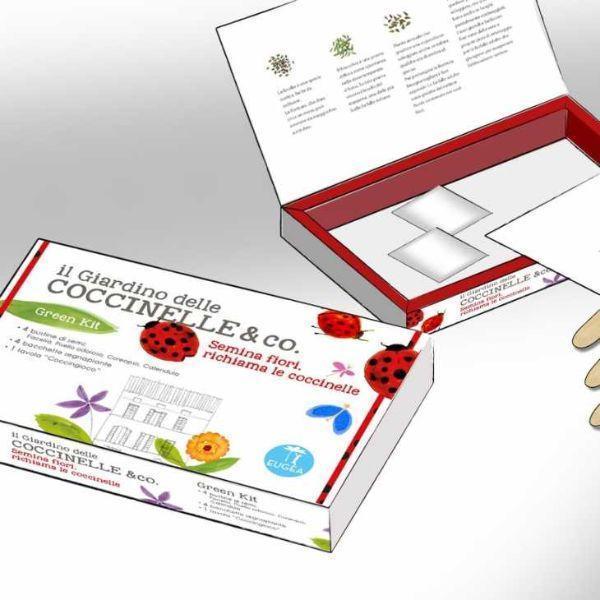
The use of the product is recommended by February-March to June-July, the period of sowing of the plants, which will attract ladybugs, ready then to defend them from attacks by aphids.
How to introduce the ladybugs in crops
The quantity of ladybirds to be introduced depends on the type of plant.
For roses and flowering plants are sufficient for 3 to 5 larvae per stem; for ornamental shrubs (honeysuckle, climbing roses, etc.) from 1 to 2 larvae per aphid outbreak; for shrubs and small fruit (currant, etc.) from 3 to 5 larvae per stem or 10 larvae in the case of heavy infestation, the garden from 2 to 5 larvae per plant; orchards low stem from 10 to 20 larvae per tree in order to take preventive or 1 to 2 larvae in outbreaks of aphids; for the trees (lime, maple, orchards high stalk) from 100 to 300 larvae per tree.
You should also be careful with certain requirements: first of all attention and not to introduce ladybirds prior to or after a period of heavy rain, wind, cold or otherwise.
Also remember that the insects are placed in outbreaks of aphids, before they are too big. Beyond the general guidelines, the amount of bugs to be introduced depends on the importance of the attack and the development of the cultivation.
79163 REGISTERED USERS


